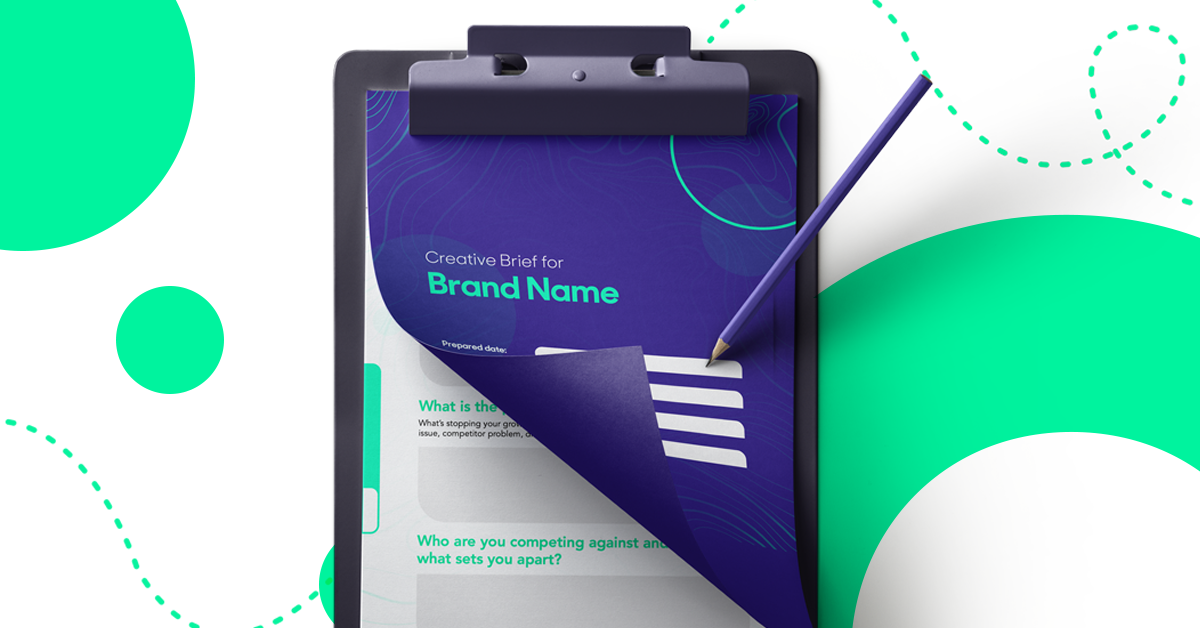Posted on February 4, 2021
Updated on March 13, 2023
2 min read time

A creative brief can make or break a campaign, product launch or brand refresh.
Success relies on making it clear, succinct, and guided by your commercial objectives.
Here’s our advice to achieving commercial success with every brief:
Creative briefs begin with a problem you are trying to solve, or an opportunity you have identified for your brand.
Points to consider:
Articulating these challenges upfront will help you to have a much clearer direction when you begin to create your brief. So, first, think about the single key challenge your brand faces.
How will the creative execution be the solution?
How will it be the thing which builds your brand in the exact way you want?
Now you have your list of challenges, it’s time to set concrete commercial objectives to guide the direction of your campaign.
What is the overall commercial impact you’re looking to see from your campaign or creative idea?
Having this clear in your mind will help you critique any creative idea at the end of the process, through the lens of whether the idea is actually going to deliver on the objective set out at the beginning. Clarity around commercial objectives also helps hold your team accountable every step of the way.
Focus on real people and consider what motivates them to invest in your brand.
Depending on the direction of your campaign, you can segment your audience in different ways:
Investing in creative ideas can be costly and time-consuming, so think through how your creative execution is going to impact the way people feel about your brand, and solve the issue you identified at the outset.
Points to consider:
Competitor analysis will help identify areas of focus for your brand and surface areas for disruption within the category for your brand to focus on.
Human truth is at the core of every great brand and creative idea. Finding the undeniable truth within the group you are targeting is crucial for an idea to succeed.
Think hard about what unites your target audience. Do they have any shared beliefs in common?
You'll know you’ve found a valuable human truth when someone’s reaction to it is: ‘I do that too, I thought I was the only one!’ The best pieces of creative are the ones which tap in very directly to what people need and want.
For a brief to have clarity, it will need to focus on one specific and single-minded message.
This is often the most difficult part of the brief, but also the most important.
Points to consider:
Whatever you’re aiming to communicate, take the time to distil it into one message. This clarity will be invaluable to your team as a creative springboard, and will help guide each step of the creative process.
From honing your messaging to uncovering a solid human truth, there's simply so many ways to boost the quality of your briefs.
And if you're looking for more guidance along the way, why not dip into our creative brief template for some tips?
Our intelligent platform will take your brand further, faster.
Don’t believe us?
© 2020-2023 ProQuo AI International
All rights reservedWebsite by Blend